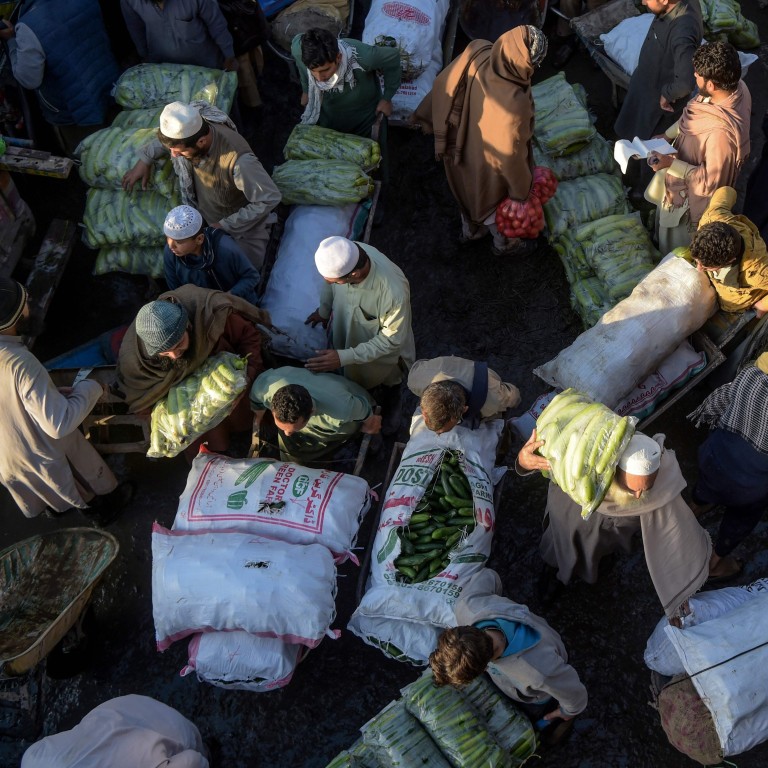
Why has Pakistan been left out of China and East Asia’s economic development boom?
- Despite Southeast Asia and China’s astonishing development story, some parts of the world have not shared in that inspiring progress
- Constant conflict, the influence of radical Islam, ferocious local politics and challenging conditions have combined to impede Pakistan’s development
This weekend exactly 50 years ago, I walked for a final time out of University Public School into the blinding Peshawar sunlight after a year as a gap-year teacher in what was then called the North-West Frontier Province, tucked under the Khyber Pass leading from Pakistan into Afghanistan.
Whether I made a difference to the lives of my 30-odd students – several had been killed during the year in local feuds – I never discovered, but my life had been transformed. Plans to study English and history at university were turned on their head midway through my immersion in Pakistan.
Many back in Britain thought I was crazy to disappear to Pakistan and were alarmed at my decision to study something as esoteric as social anthropology and development economics. In truth, I, too, did not clearly know what possible relevance such a combination of study might have to my future life and career.

02:09
Kenya opens massive US$1.5 billion railway project funded and built by China
By 19, I had learned one of life’s most important lessons: no matter how meticulously you or your parents strive to plan your life, you are doomed to stumble. The single most important force in our lives is chance – the influence of random, accidental events that suddenly and unpredictably transform your life and steer it in unimaginable directions.
I also discovered that no matter what the conventional wisdom about getting the best possible grades and earning a good degree as promptly as possible, my determination to take a gap year between school and university and spend it on the border with Afghanistan was one of the best decisions of my life.
US limits on international visas leave Chinese students unnerved
Chance has sideswiped her carefully laid career plans. For sure, she will do well. But she is, because of the pandemic, probably heading in a direction quite different from that expected just two months ago.
While I managed to get back to Peshawar half a decade later – glimpsing into Soviet-occupied Afghanistan as yet another aspiring colonist strove to tame a profoundly untameable region, and witnessing jirgas in the Balochistan desert aimed at settling decades-old blood feuds – I never got back to University Public School or those pupils.

01:48
Locusts devour crops in Pakistan, leading to food shortage fears
It still shocks me to see how far the region has lagged behind countries in East Asia. While between 1970 and 2019, the World Bank says China lifted its GDP from US$92.6 billion to US$14.3 trillion, and South Korea from US$9 billion to US$1.6 trillion, Pakistan’s GDP has grown from US$10 billion to just US$278.2 billion.
That is even worse than Bangladesh (US$9 billion to US$302.6 billion) and India (US$62.4 billion to US$2.9 trillion), and it sits well below Nigeria (US$12.5 billion to US$448 billion) and Brazil (US$42.3 billion to US$1.8 trillion).
On a per capita basis, Pakistan has done even worse as its population has almost quadrupled, to 220 million, in that period. Its per capita GDP today is about US$1,280, up from US$172 in 1970. The extremities of poverty and illiteracy have been purged, but progress has been painfully slow.
East Asia’s extraordinary success in reducing the gap with rich Western economies has been the story of my lifetime. It continues to perplex me that Pakistan, where the story all started, has shared in it so little. Therein lies the fickle force of chance, which continues to make a mockery of all our best-laid plans.
David Dodwell researches and writes about global, regional and Hong Kong challenges from a Hong Kong point of view

